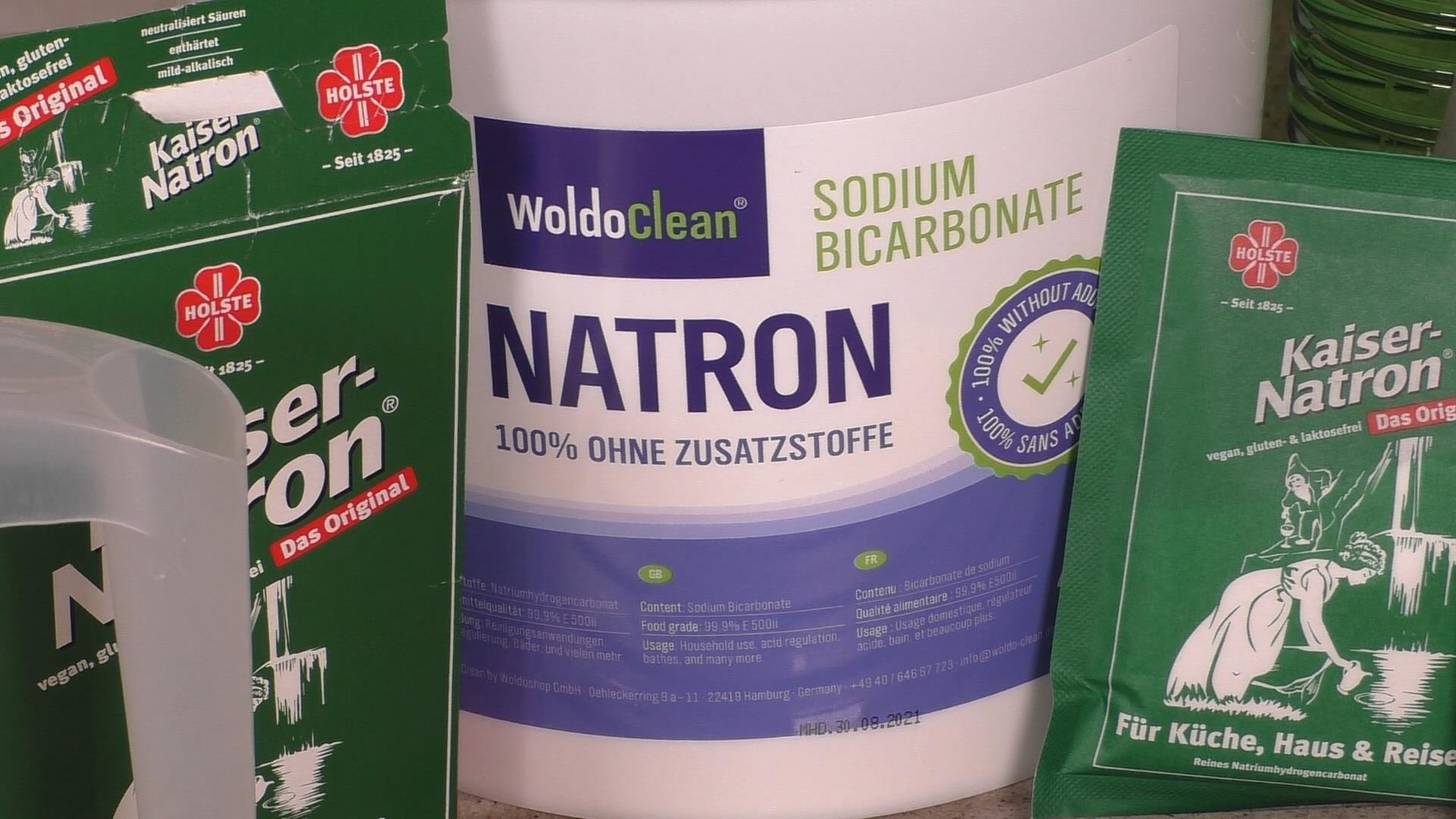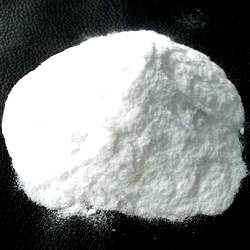

It was also an ancient household insecticide, and was used for making leather as well as a bleach for clothing. Natron can be used to dry and preserve fish and meat. The mineral was mixed into early antiseptics for wounds and minor cuts. Undiluted, natron was a cleanser for the teeth and an early mouthwash.

It softens water while removing oil and grease. Blended with oil, it was an early form of soap. Historical natron was harvested directly as a salt mixture from dry lake beds in ancient Egypt, and has been used for thousands of years as a cleaning product for both the home and body. The distances and angles which involve hydrogen were obtained using the “calculated” hydrogen positions.A faience vase fabricated in part from natron, dating to the New Kingdom of Egypt (c. The three sets of hydrogen positions are compared in table 3. These hydrogen positions differ from the other positions by about 0.3 Å.
#Refined natron free#
“Calculated” hydrogen positions were derived by applying the geometry of free water (O−H = 0.958 A, ZH−O−H = 104.5°) with the constraint that the O−H … O angles be as near to linear as possible. The hydrogen positions obtained from the weighted difference synthesis and from the refinements differ by ~ 0.17 Å. The observed and calculated structure factors are given in table 2. The atomic parameters are given in table 1. Most correlation coefficients are less than 0.05. The largest correlation coefficients are ~ 0.25 between the scale factor and the B 11 thermal parameters of the two Na ions and ~ 0.15 between these B 11 thermal parameters. The hydrogens were included with variable positional parameters and fixed thermal parameters (B H = 1 Å 2) in the final refinement to R w = 0.029. The two next highest peaks were less than 3/4 as high as the peaks assigned to hydrogens and were (a) halfway between C and 0(3) in the CO 3 group and (b) 0.7 A from 0(1) of the CO3 group. The structure was refined anisotropically to R w = 0.044 and the hydrogens were found unambiguously as the two highest peaks in the difference synthesis in which the coefficients were weighted by the least squares weights. The structure was refined isotropically from Harper’s parameters using the x-ray 67 system of computer programs to R w= 0.065 the x parameter of Na(l) was fixed at x = 0.
/lake-natron-flamingoes-56a021eb3df78cafdaa043a4.jpg)

Unit cell: Orthorhombic with a = 6.472(2) Å, b = 10.724(3) Å, c = 5.259(2) Å at 24 ☌ as calculated from three pairs of 2 θ values of axial reflections from a single crystal and observed on a diffractometer.


 0 kommentar(er)
0 kommentar(er)
